Home>Gardening & Outdoor>Plant Care & Gardening Tips>How Do I Plant Native Pecans In Texas
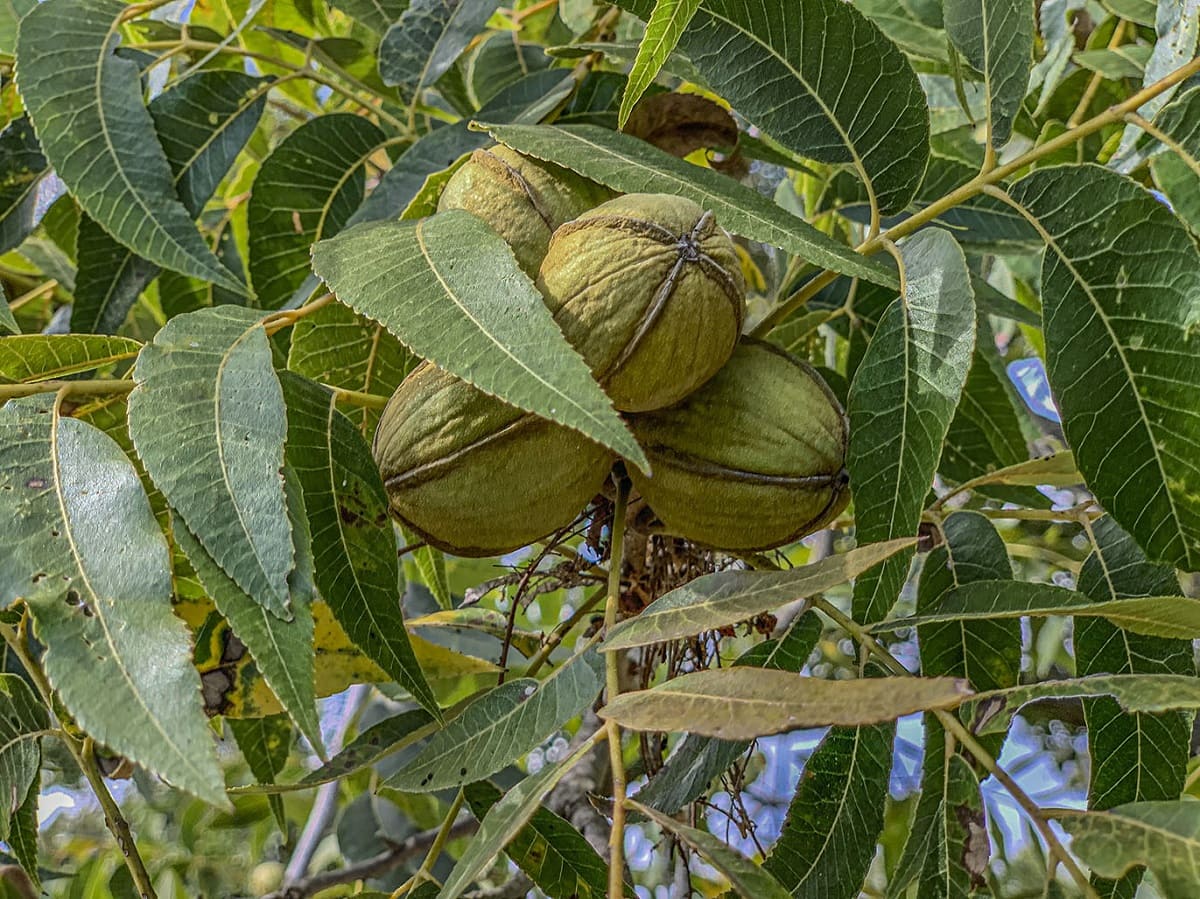

Plant Care & Gardening Tips
How Do I Plant Native Pecans In Texas
Modified: January 3, 2024
Learn how to plant native pecans in Texas with our expert plant care and gardening tips. Get the best advice for successful pecan tree cultivation.
(Many of the links in this article redirect to a specific reviewed product. Your purchase of these products through affiliate links helps to generate commission for Storables.com, at no extra cost. Learn more)
Introduction
So, you've decided to try your hand at planting native pecans in the great state of Texas. Well, you're in for a treat! Native pecans are not only a delight for the taste buds but also a beautiful addition to any landscape. Whether you're a seasoned gardener or just starting out, cultivating native pecans can be a rewarding experience.
In this comprehensive guide, we will delve into the art of planting and caring for native pecans in Texas. From understanding the intricacies of native pecans to selecting the perfect location, preparing the soil, and ensuring proper care, we'll cover everything you need to know to foster thriving pecan trees.
So, roll up your sleeves, grab your gardening gloves, and let's embark on this horticultural adventure together. By the end of this journey, you'll be equipped with the knowledge and confidence to nurture healthy and bountiful native pecans right in your own backyard. Let's get started!
Key Takeaways:
- Planting native pecans in Texas requires selecting a sunny, well-drained location and preparing the soil with care to ensure the trees thrive and yield a bountiful harvest.
- Caring for native pecans involves attentive watering, fertilization, pruning, and pest management to support their growth and contribute to the natural ecosystem in Texas.
Read more: When Do I Plant Native Seed In Texas
Understanding Native Pecans
Before delving into the nitty-gritty of planting native pecans, it's essential to understand the nature of these majestic trees. Native pecans (Carya illinoinensis) are indigenous to Texas and thrive in its diverse climates, from the piney woods of East Texas to the arid landscapes of the west. These trees can tower up to 150 feet in the wild, although cultivated varieties are generally smaller, reaching around 70 to 100 feet in height.
One of the most remarkable features of native pecans is their longevity. When provided with the right conditions and care, these trees can live for centuries, bearing delicious nuts for generations to come. The nuts themselves are a culinary delight, prized for their rich, buttery flavor and versatile uses in both sweet and savory dishes.
Native pecans also contribute to the ecological balance of their surroundings. Their expansive canopies provide shade and shelter for wildlife, while their deep root systems help prevent soil erosion. Furthermore, the vibrant foliage of native pecans adds a touch of natural splendor to the Texas landscape, especially during the breathtaking display of fall foliage.
Understanding the resilience and beauty of native pecans is the first step in cultivating a successful pecan orchard or adding a striking focal point to your property. By respecting the unique characteristics of these trees and working in harmony with their natural tendencies, you can create an environment where native pecans thrive and flourish.
Selecting the Right Location
When it comes to planting native pecans in Texas, location is paramount. These trees have specific requirements to reach their full potential, so choosing the right spot for them to take root is crucial for their long-term health and productivity.
First and foremost, native pecans thrive in full sun, so it’s essential to select a location that receives ample sunlight throughout the day. A southern or southeastern exposure is ideal, as it allows the trees to bask in the sun’s warmth and energy, promoting robust growth and nut production.
Moreover, native pecans require well-drained soil to prevent waterlogged roots, which can lead to disease and stunted growth. The soil should be deep, fertile, and slightly acidic, with a pH level between 6.0 and 7.0. Conducting a soil test can provide valuable insights into the soil composition and pH, guiding you in making any necessary amendments before planting.
Consider the surrounding landscape as well. Native pecans benefit from protection against strong winds, especially in their early years. Planting them near a natural windbreak, such as existing trees or structures, can shield them from harsh gusts and minimize the risk of wind damage.
Furthermore, ample space is essential for native pecans to spread their roots and branches. These trees can grow to substantial sizes, so providing them with enough room to expand without crowding is crucial. Adequate spacing also facilitates air circulation, reducing the risk of fungal diseases and promoting overall tree health.
By carefully selecting a location that meets these criteria, you set the stage for your native pecans to thrive and yield a bountiful harvest for years to come. With the right environment, these majestic trees can become a cherished and enduring feature of your Texas landscape.
Preparing the Soil
Before planting native pecans in Texas, it’s essential to prepare the soil to provide an optimal environment for the trees to establish strong, healthy roots and thrive for years to come. Proper soil preparation sets the foundation for successful pecan cultivation and can significantly impact the trees’ growth and productivity.
Start by assessing the soil composition and pH levels. Native pecans prefer deep, well-drained soil with a slightly acidic pH ranging from 6.0 to 7.0. Conducting a soil test through your local agricultural extension office can provide valuable insights into the soil’s characteristics, allowing you to make informed decisions about necessary amendments.
If the soil pH is outside the preferred range, you can adjust it by incorporating organic matter or applying soil amendments to achieve the optimal acidity. Additionally, ensuring proper drainage is crucial to prevent waterlogging, which can be detrimental to the trees’ health. Amending the soil with organic matter, such as compost or well-rotted manure, can improve its structure and drainage capabilities.
Once the soil’s pH and drainage have been addressed, it’s time to prepare the planting site. Clear the area of any debris, rocks, or competing vegetation that may hinder the pecans’ growth. Loosen the soil to a depth of at least 18 inches to create a welcoming environment for the trees’ developing root systems.
Consider incorporating a balanced fertilizer into the soil to provide essential nutrients for the pecans’ initial growth. A fertilizer with a formulation such as 10-10-10 can supply nitrogen, phosphorus, and potassium, promoting healthy root development and overall vigor. Follow the manufacturer’s recommendations for application rates and methods, ensuring that the fertilizer is thoroughly mixed into the soil.
By thoroughly preparing the soil before planting native pecans, you set the stage for the trees to establish themselves successfully and embark on a trajectory of robust growth. Taking the time and care to create an optimal growing environment demonstrates your commitment to nurturing thriving pecan trees and reaping the rewards of a bountiful harvest in the years to come.
Plant native pecans in Texas in well-drained soil with full sun. Space trees 60-80 feet apart. Water regularly, especially during the first few years. Consider planting multiple trees for better pollination.
Planting Native Pecans
Now that you’ve selected the perfect location and prepared the soil, it’s time to embark on the exciting process of planting native pecans in Texas. Proper planting techniques are essential to ensure the trees’ successful establishment and long-term vitality, setting the stage for a flourishing pecan orchard or landscape centerpiece.
Before planting, it’s crucial to select high-quality pecan saplings from reputable nurseries or suppliers. Look for healthy, disease-free trees with well-developed root systems. Bare-root saplings are typically planted in late winter or early spring, while container-grown specimens can be planted throughout the growing season, with the best results achieved in spring or early fall.
When planting bare-root pecan trees, it’s essential to soak the roots in water for several hours before planting to rehydrate them and promote successful establishment. Dig a hole that is wide and deep enough to accommodate the roots without bending or crowding. Gently spread the roots out in the hole, ensuring that they are positioned in a natural, outward direction.
For container-grown pecan trees, carefully remove the tree from its container, taking care not to disturb the root ball excessively. Loosen any encircling roots to encourage outward growth and promote seamless integration with the surrounding soil. Place the tree in the prepared hole, ensuring that it sits at the same depth as it did in the container.
Once the tree is positioned in the hole, backfill with the amended soil, gently firming it around the roots to eliminate air pockets. Water the newly planted pecan tree thoroughly to settle the soil and provide essential hydration to support its initial growth. Apply a layer of organic mulch around the base of the tree, leaving a few inches of space around the trunk to prevent moisture-related issues.
After planting, it’s crucial to provide ongoing care and monitoring to support the pecan trees’ establishment. Regular watering, especially during dry periods, is essential to ensure that the trees receive adequate moisture. Additionally, monitoring for signs of stress, disease, or pest infestations allows for timely intervention, safeguarding the trees’ health and vitality.
By following these steps and providing attentive care, you can set your newly planted native pecans on a path toward robust growth, ensuring that they become enduring fixtures of your Texas landscape and a source of delectable, homegrown pecans for years to come.
Read more: When To Plant Native Grasses In Texas
Caring for Native Pecans
Once your native pecans are planted and taking root in their new environment, it’s essential to provide ongoing care to support their growth and ensure their long-term health and productivity. Caring for native pecans in Texas involves a combination of attentive maintenance, proper watering, fertilization, and pest management to foster thriving, bountiful trees.
Watering is a critical aspect of pecan tree care, particularly during their initial establishment and periods of drought. Providing consistent moisture, especially during the growing season and dry spells, is essential to support healthy growth and nut production. Deep, infrequent watering encourages the development of deep root systems, enhancing the trees’ resilience and ability to access moisture during dry periods.
Fertilization plays a vital role in maintaining the vigor and productivity of native pecans. Conducting a soil test can provide valuable insights into the trees’ nutrient requirements, guiding the application of balanced fertilizers to supply essential elements such as nitrogen, phosphorus, and potassium. Applying fertilizer in early spring, before the trees enter their active growth phase, can support robust foliage and nut development.
Pruning is another essential aspect of pecan tree care, promoting optimal structure, airflow, and light penetration within the canopy. Regular pruning helps remove dead or diseased branches, encourages strong scaffold development, and controls the tree’s overall shape and size. Pruning should be conducted during the dormant season to minimize stress on the trees and optimize healing.
Pest and disease management are critical components of caring for native pecans. Regular monitoring for signs of pest infestations, such as pecan weevils or aphids, allows for timely intervention to mitigate potential damage. Additionally, implementing cultural practices, such as maintaining proper sanitation and managing weed growth, can reduce the risk of disease and pest issues.
Protecting the trees from environmental stressors, such as extreme temperatures and harsh winds, is essential to safeguard their health and productivity. Implementing mulching around the base of the trees can help conserve moisture, regulate soil temperature, and suppress weed growth, creating a favorable microclimate for the pecans to thrive.
By providing attentive care, addressing the trees’ essential needs, and promptly addressing any issues that arise, you can ensure that your native pecans flourish and become enduring assets to your Texas landscape. With proper care and maintenance, these majestic trees can reward you with a bountiful harvest of delectable pecans and a striking natural presence for years to come.
Conclusion
Embarking on the journey of planting and caring for native pecans in Texas is a rewarding endeavor that offers a myriad of delights, from the beauty of the trees themselves to the delectable harvest they yield. By understanding the unique nature of native pecans and providing them with the care and attention they require, you can create a thriving pecan orchard or integrate these majestic trees into your landscape, enhancing the natural splendor of the Lone Star State.
From selecting the perfect location that offers ample sunlight and well-drained soil to preparing the planting site with care and attention to detail, every step in the process contributes to the long-term success of your native pecans. By nurturing these trees from saplings to mature, productive specimens, you become a steward of Texas’s natural heritage, preserving the legacy of these iconic trees for generations to come.
As you tend to your native pecans, providing essential care through watering, fertilization, pruning, and pest management, you forge a deep connection with the land and the natural world. The cycle of seasons, the growth of the trees, and the eventual harvest of their prized nuts become a tapestry of experiences that enrich your connection to the earth and its bountiful offerings.
Furthermore, the presence of native pecans in your landscape serves as a testament to your commitment to sustainability and environmental stewardship. These trees contribute to the ecological balance, provide shelter and sustenance for wildlife, and enrich the soil with their deep, expansive root systems, leaving a lasting impact on the natural ecosystem.
In conclusion, planting and caring for native pecans in Texas is not just a horticultural pursuit; it’s a journey of connection, stewardship, and appreciation for the wonders of the natural world. By embracing this journey, you enrich your surroundings, cultivate a deeper understanding of the land, and savor the simple yet profound pleasures of nurturing these iconic trees. As the years unfold and the native pecans mature and thrive, they become a living legacy, a testament to your dedication, and a source of enduring beauty and abundance.
Frequently Asked Questions about How Do I Plant Native Pecans In Texas
Was this page helpful?
At Storables.com, we guarantee accurate and reliable information. Our content, validated by Expert Board Contributors, is crafted following stringent Editorial Policies. We're committed to providing you with well-researched, expert-backed insights for all your informational needs.
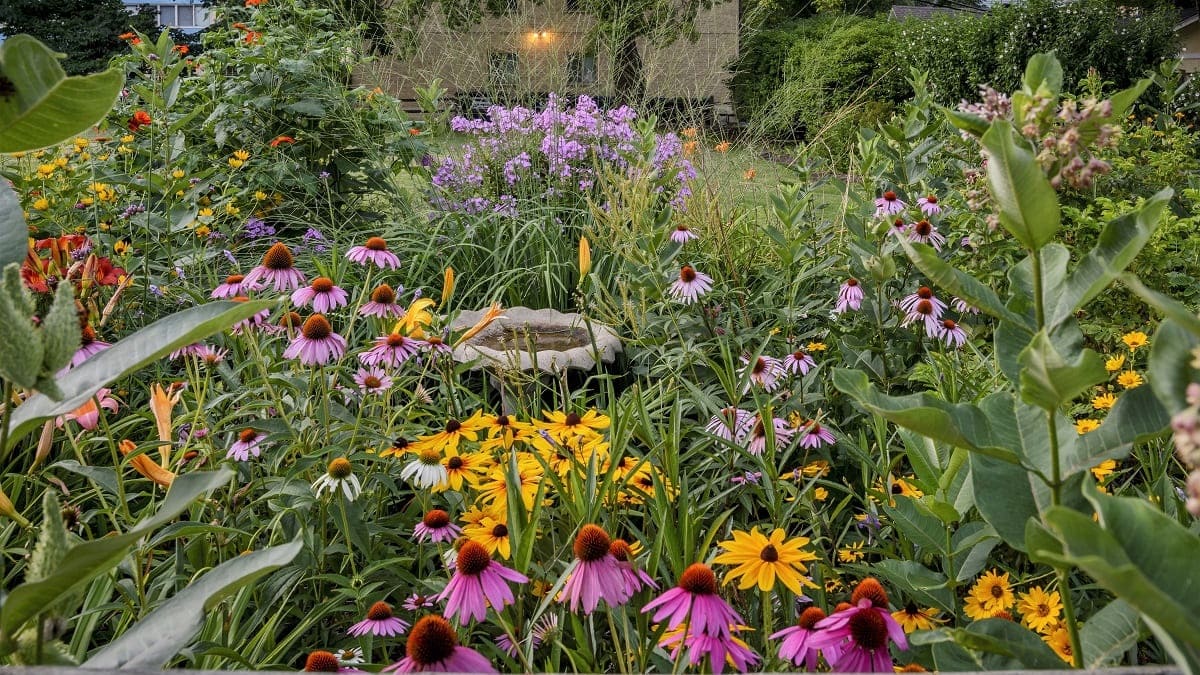

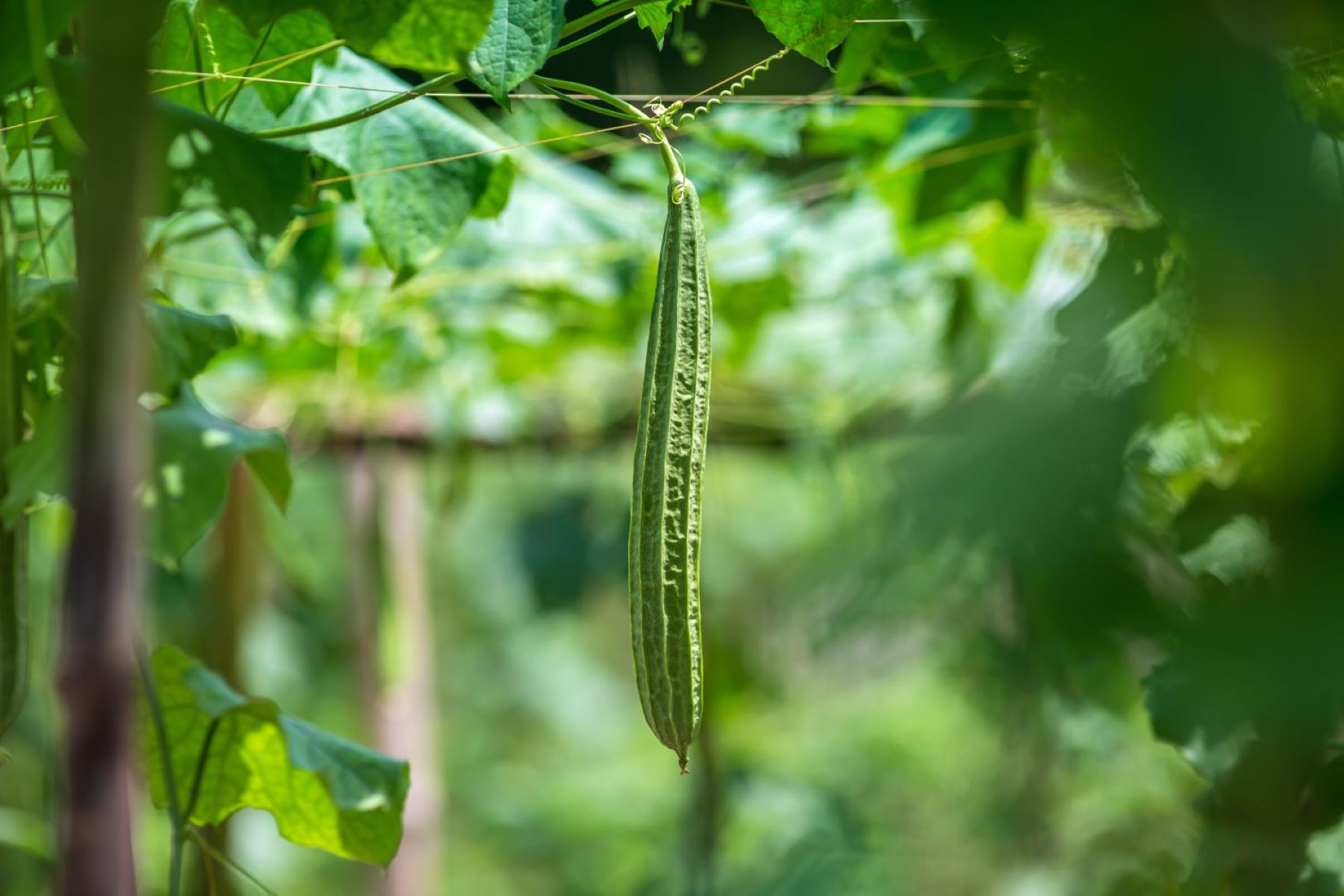
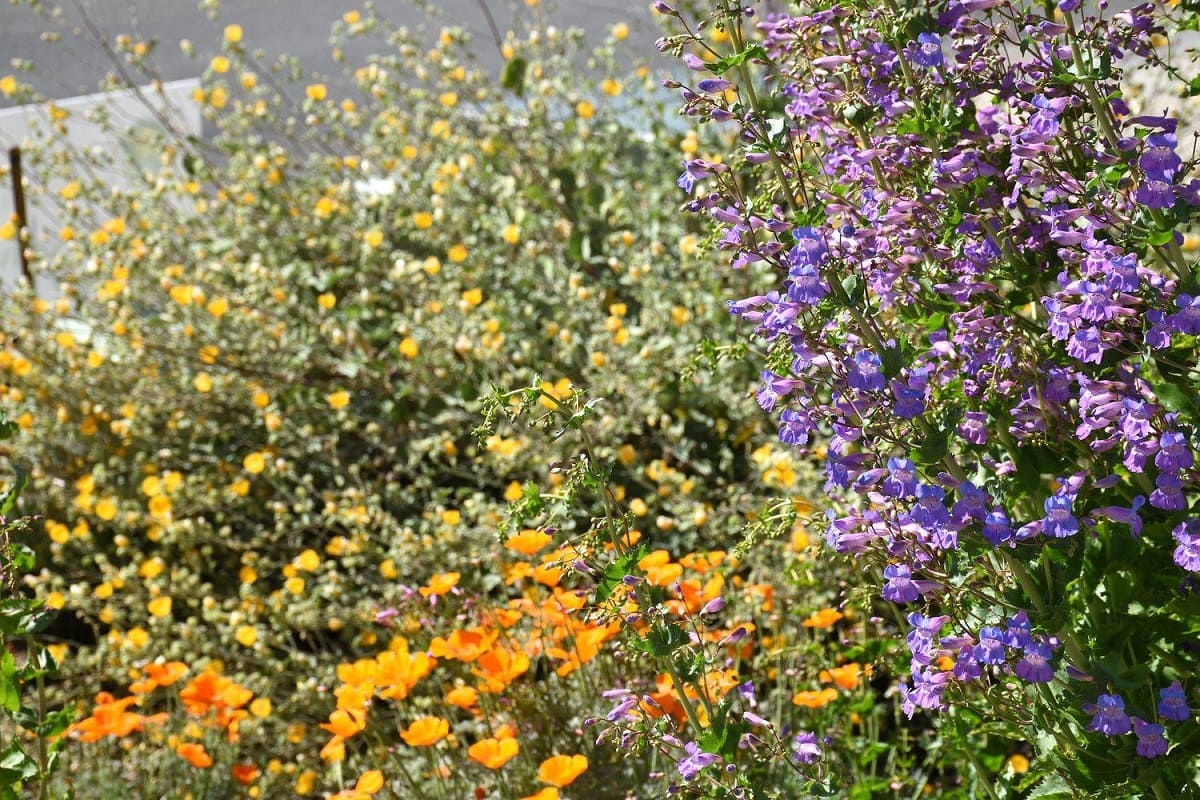
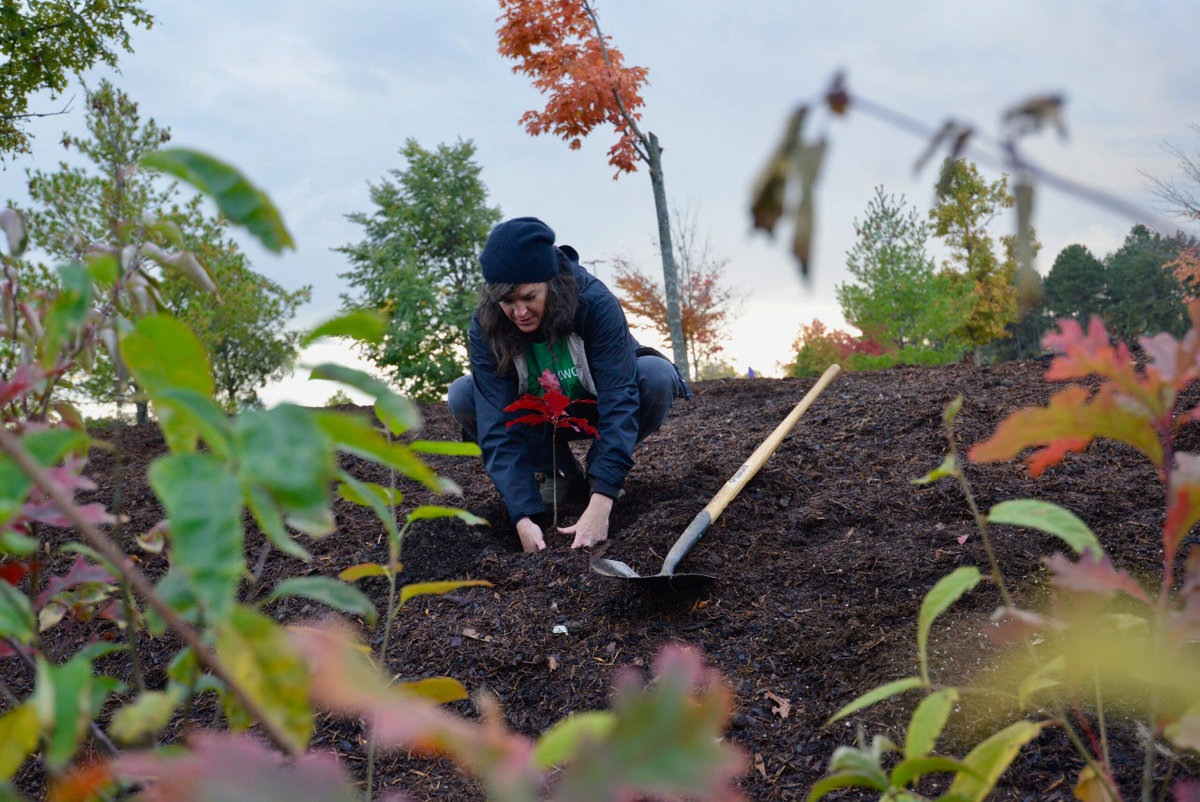
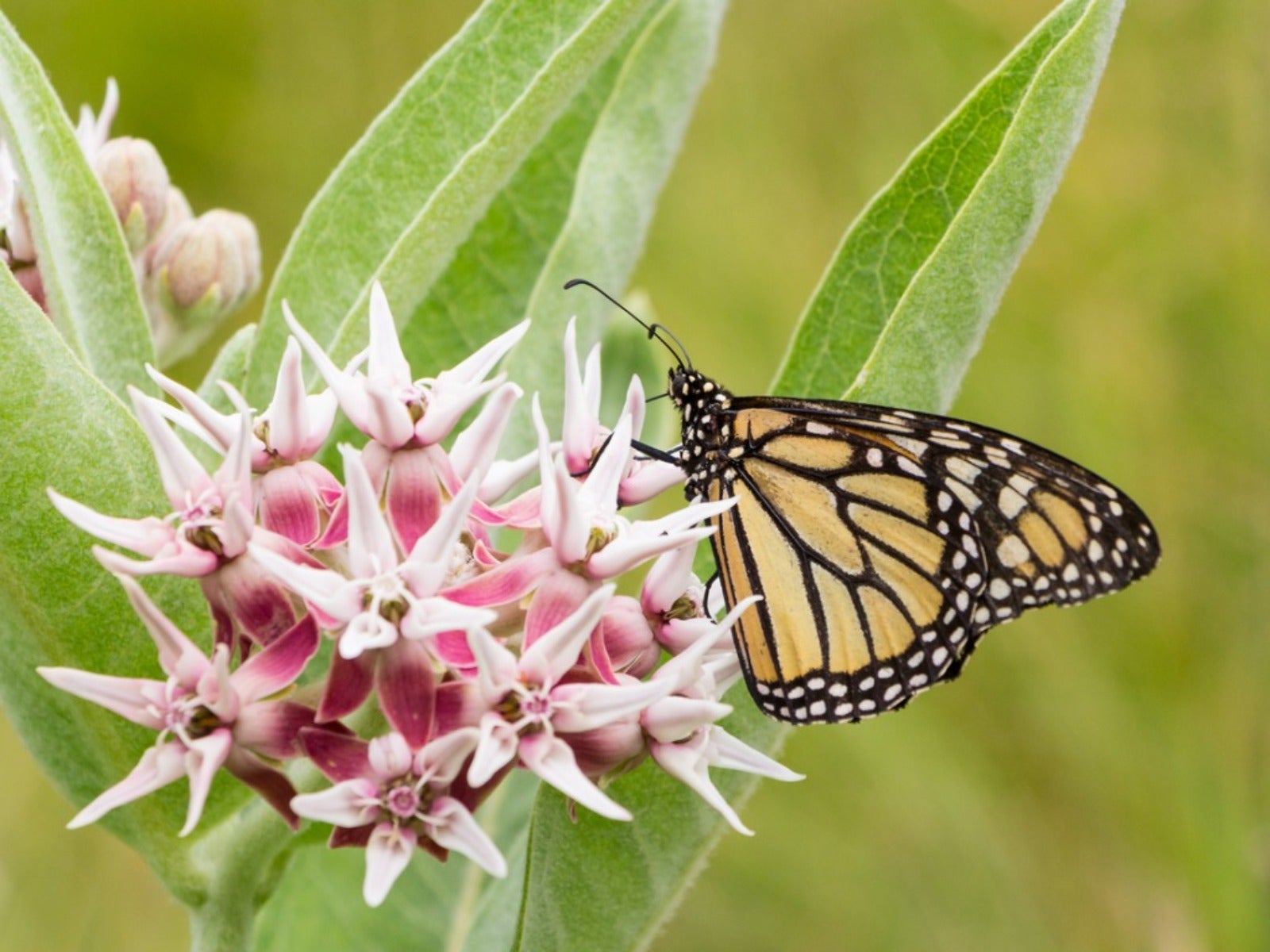
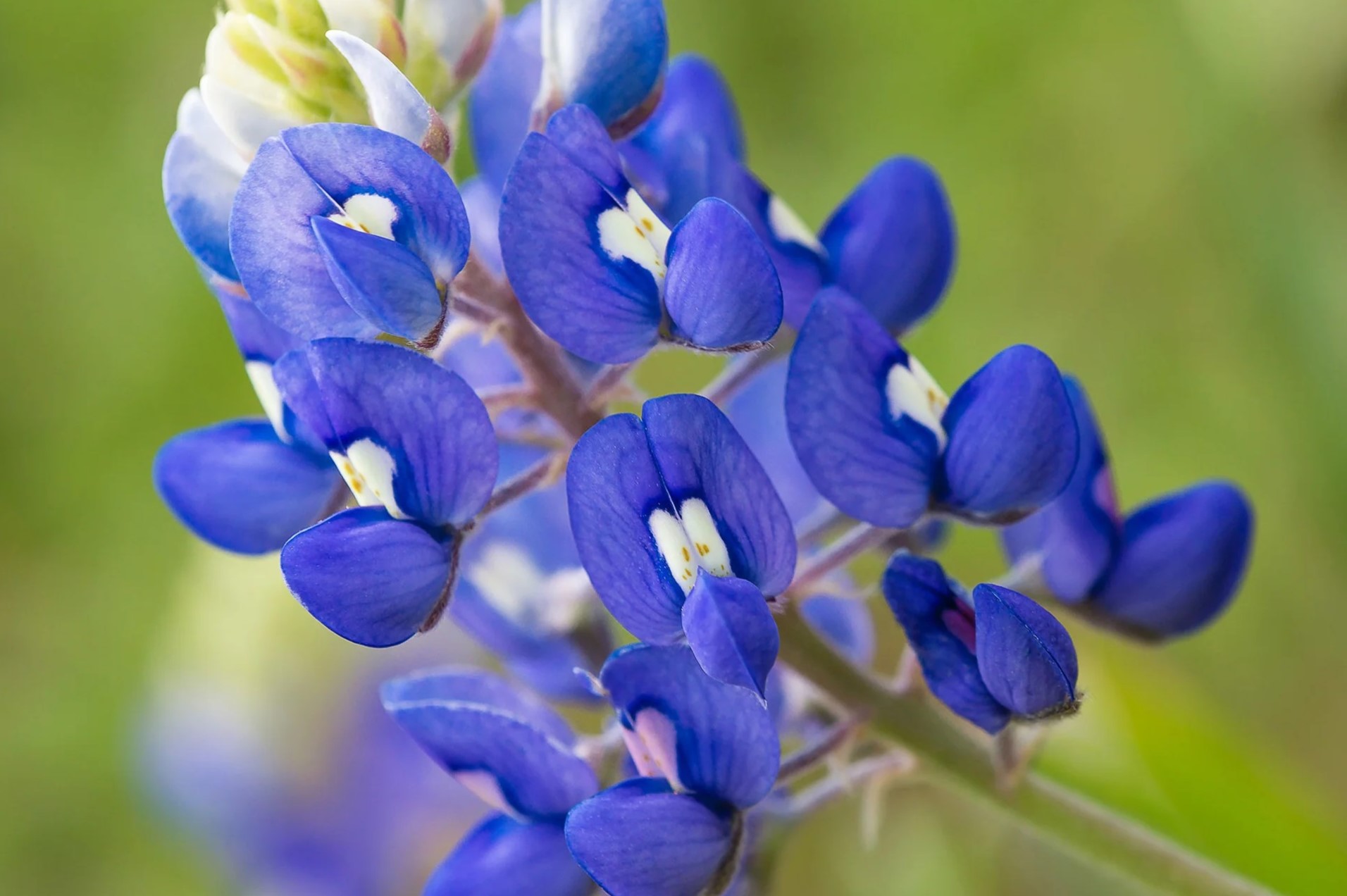
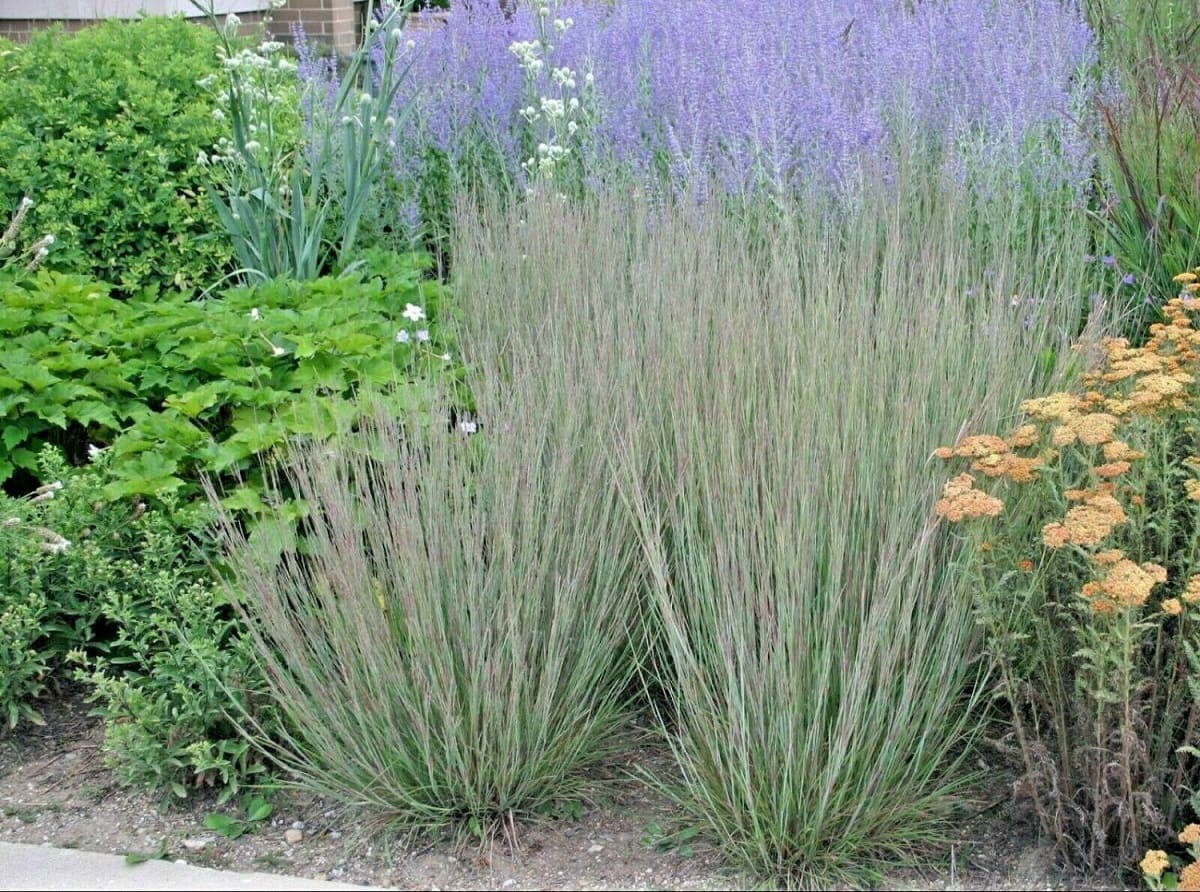
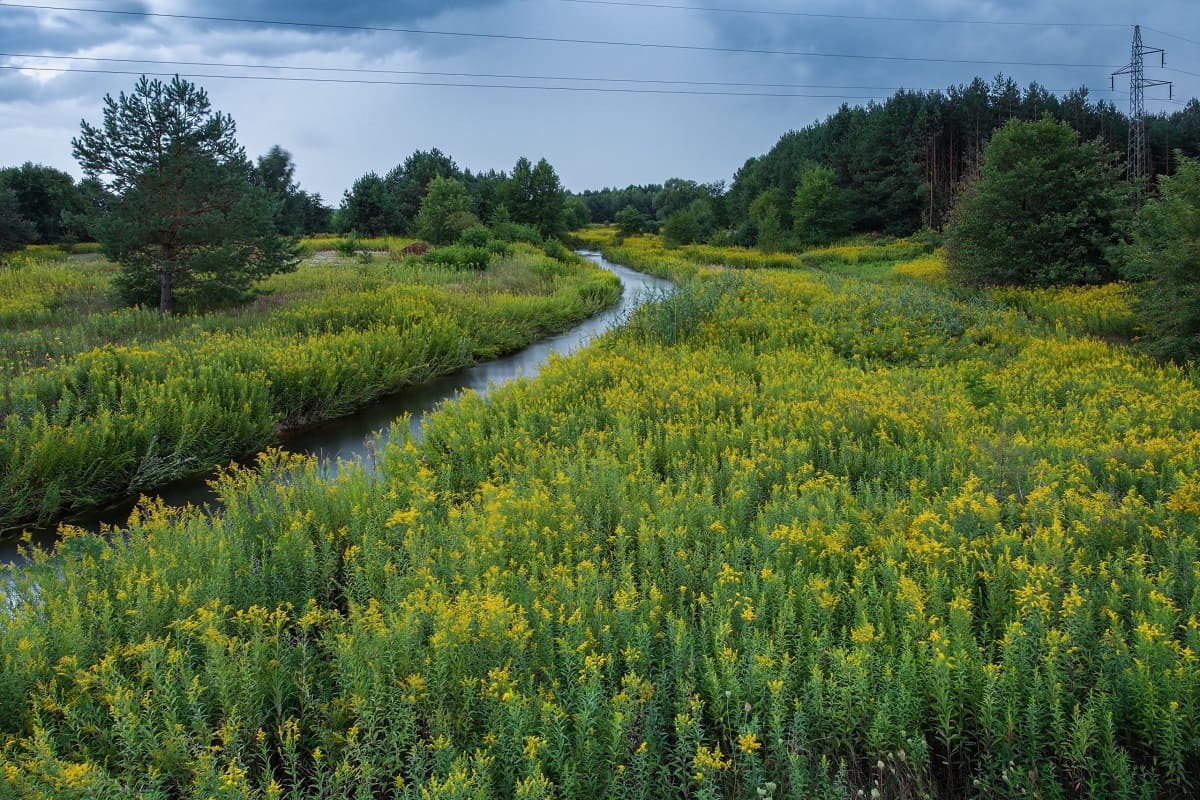
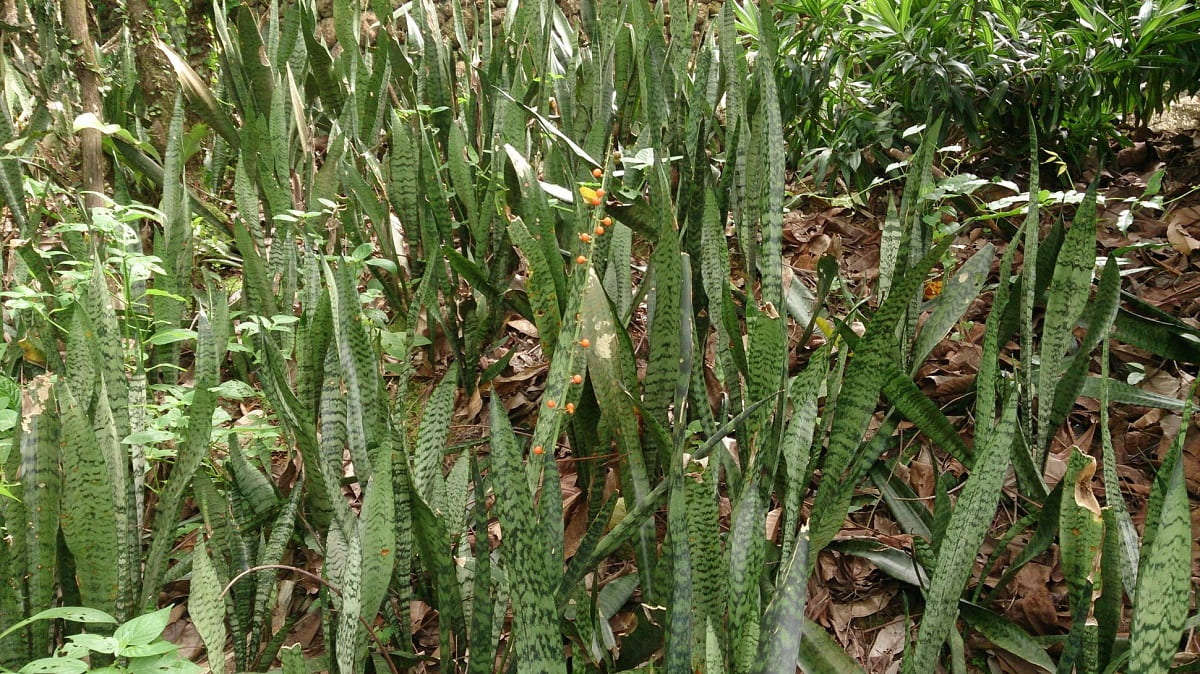
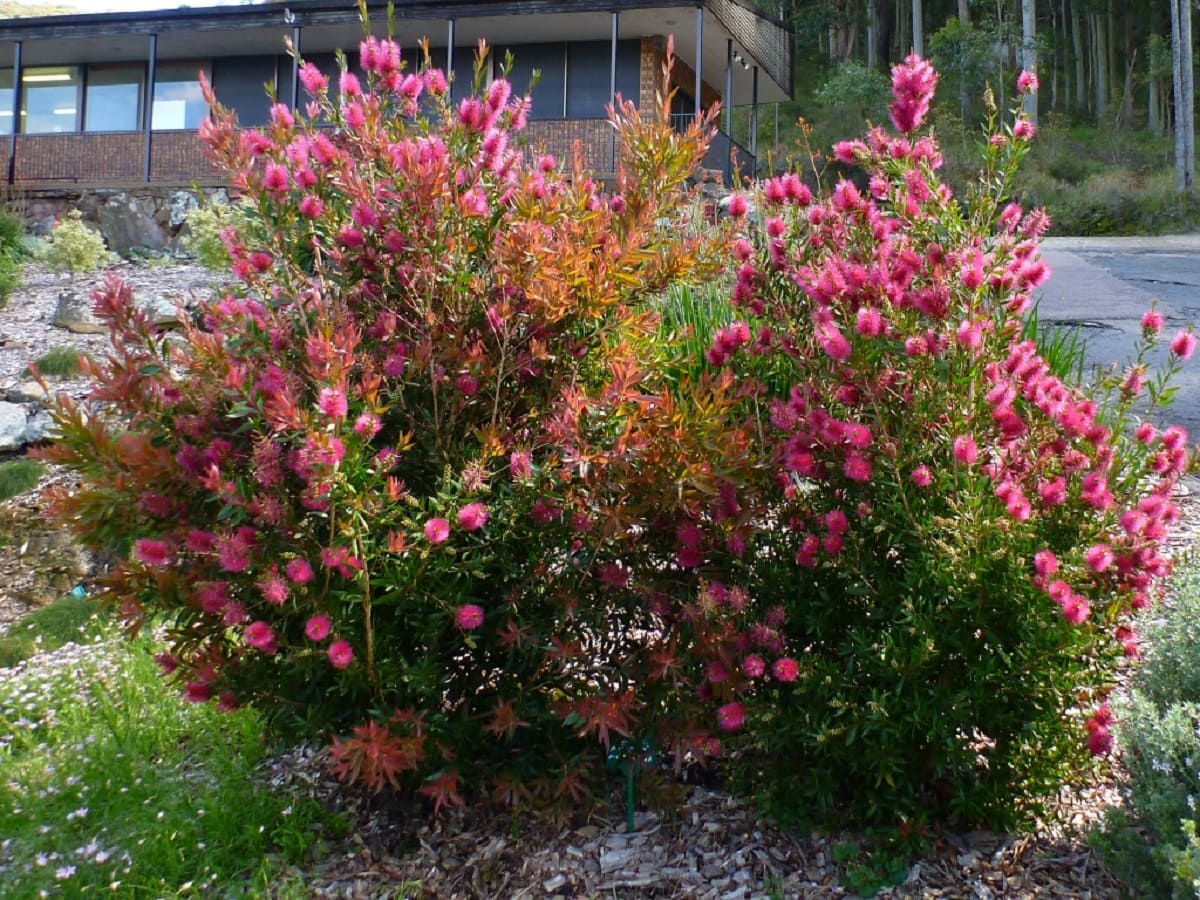
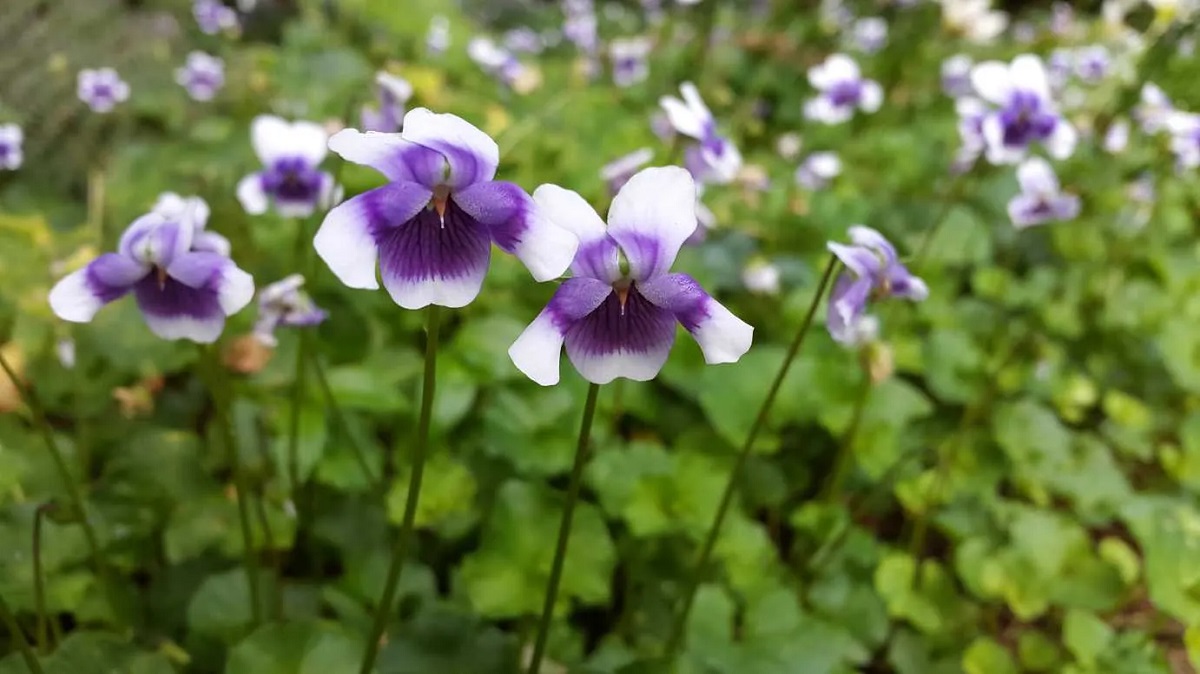
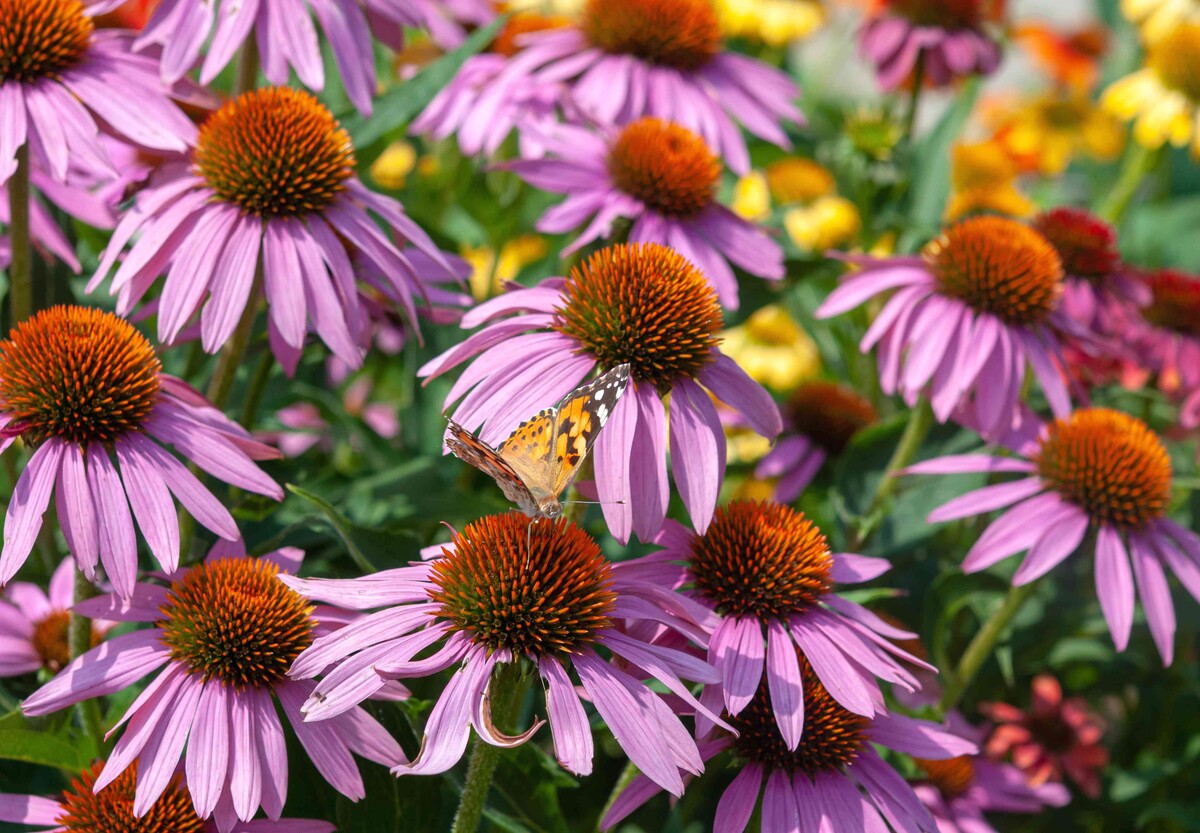
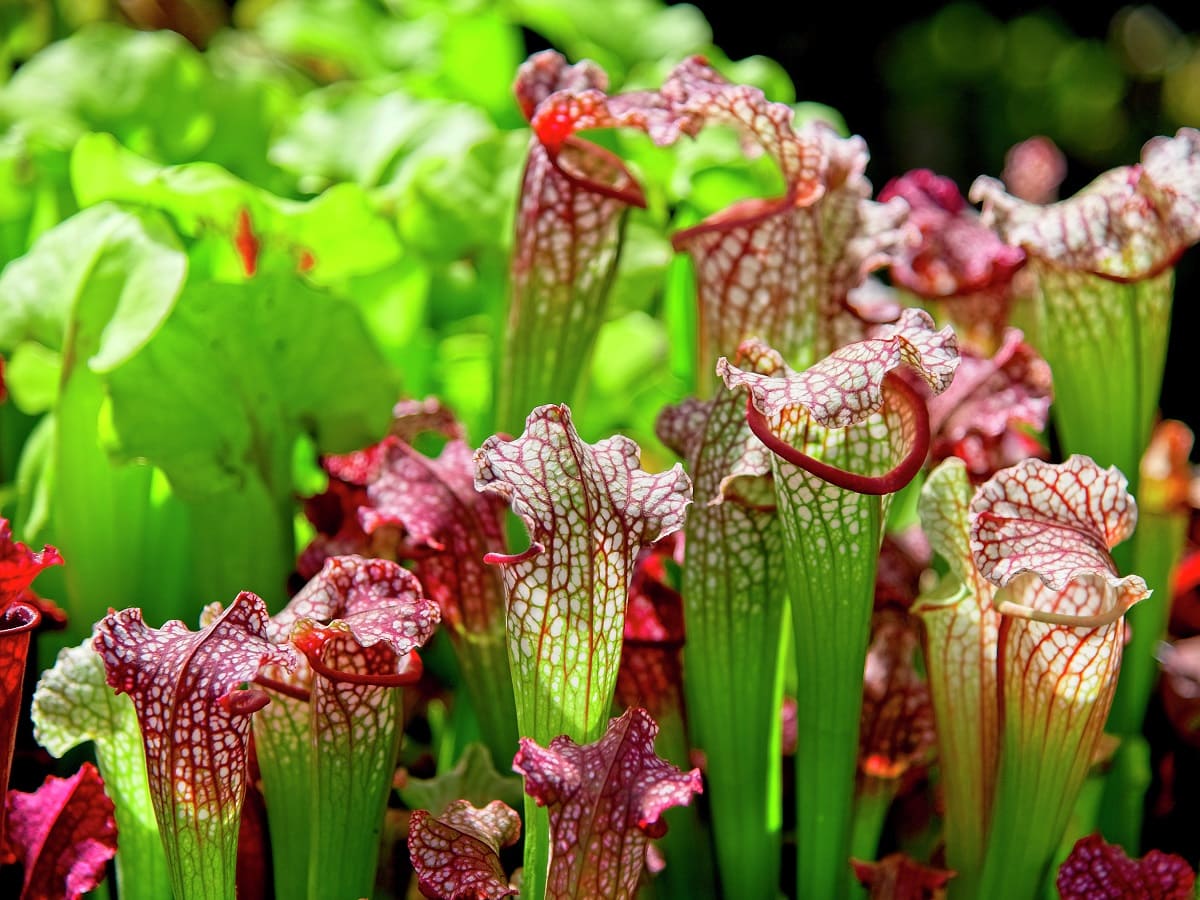

0 thoughts on “How Do I Plant Native Pecans In Texas”